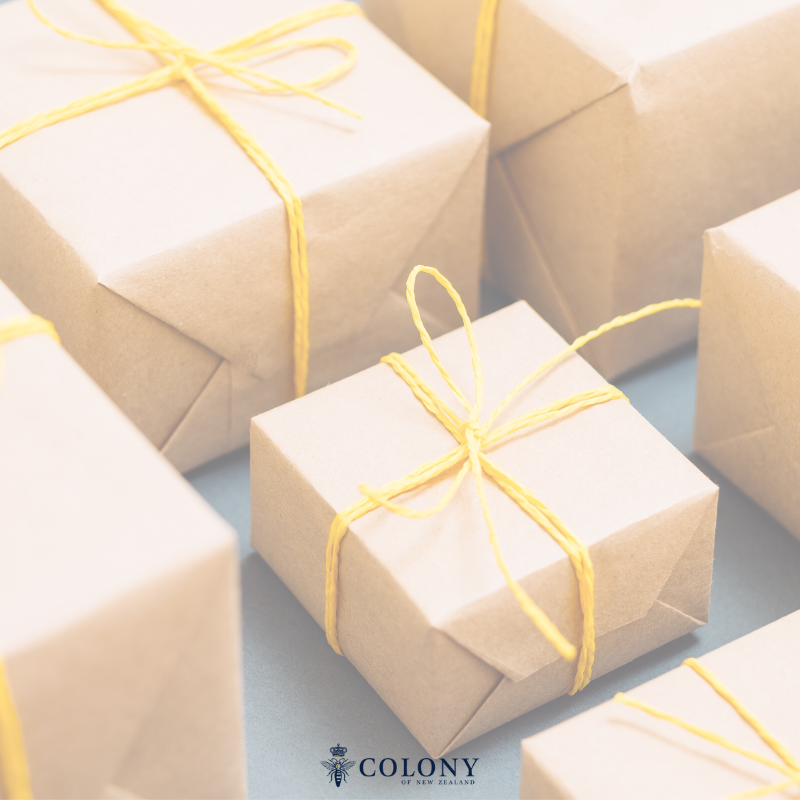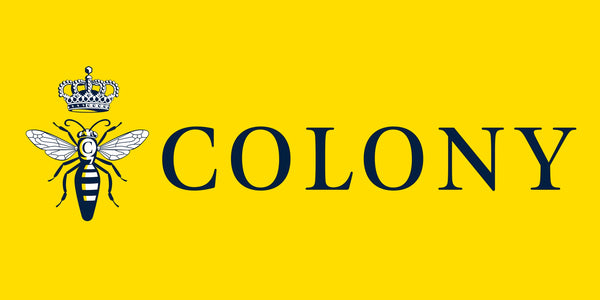What are bees?
Bees belong to the Hymenoptera, insects that include ants and wasps. The ancestral bee appeared about 120 million years ago when carnivorous wasps began eating plant pollen instead of meat. (So in essence, a bee is actually a vegetarian wasp).
This new way of life for the bee was so successful that bees evolved into around 30,000 species over millions of years. The perfect partnership ensued, where flowering plants provided food for bees and bees move their pollen from one plant to another (pollination). Hence the scientific name for bees is Anthophila, which means "flower lovers".
We all know the honey bee and that it operates in a colony, but most species of bee are in fact solitary. An adult female finds a suitable site and constructs a nest. She mates with a male to fertilise her eggs, then works alone as she builds her nests in a protected position, like in soil, sand, or a hollow plant stem.
The bee collects food to provision each cell by collecting pollen and nectar to form the larval food. She then deposits an egg on the provisions and closes the cell. She repeats the process as many times as she can before she dies. Her egg hatches and the resulting larva consumes the food, grows, pupates and emerges as an adult to complete the next circle of life. In a colony, different bees perform specialised roles, whereas solitary bees must do all the tasks themselves.
Bees get all their nutritional requirements from flowers. Pollen is especially important for developing larval bees as they need high levels of protein to grow their bodies from egg to adult.
Depending on the bee species, she can either carry the bee pollen back on a patch of special hairs usually under the abdomen (scopa), a few carry it back internally, and others in a pollen basket (a corbicula) a concave area surrounded by hairs on the hind legs.
What is bee pollen?
For over 120 millions years, bees have been collecting nectar and bee pollen from flowers as a complete diet that gave them everything they required to survive. Bee pollen normally contains about 20-35% protein, depending on the plant species.
Pollen from a diversity of sources is optimal for the bee diet. Pollen from different species of plants contains different types of nutrients, but the combination of different pollens creates a more balanced bee diet, producing bees that are healthier, longer-living, and some believe, even smarter.
(It is interesting to note, where honey bees have been confined to a monoculture, like the almond orchards in California, honey bees struggle to survive.)
Bee pollen boasts an impressive nutritional profile, and while dependent on the plant source and season collected, on average it contains over 250 biologically active substances, including proteins, carbs, lipids, fatty acids, vitamins, minerals, enzymes and antioxidants. Bee pollen granules consist of approximately:
- Carbs: 40%
- Protein: 35%
- Water: 4–10%
- Fats: 5%
- Other substances: 5–15% (includes vitamins, minerals, antibiotics and antioxidants)
Studies have linked bee pollen and its compounds to health benefits such as decreased inflammation, as well as improved immunity, managing menopausal symptoms and wound healing.
My father produced a honey and pollen spread back in the 1980's and remembered it didn't taste as good as it was nutritionally, so recently decided to work on perfecting the best recipe for its taste and healthy benefits.
Ginger Bee "Healthy" is one of our most popular products, a smooth-tasting product where the bee pollen naturally offsets the sweetness of the honey, the warming ginger finished with the sharpness of turmeric for a very nicely balanced flavour.


